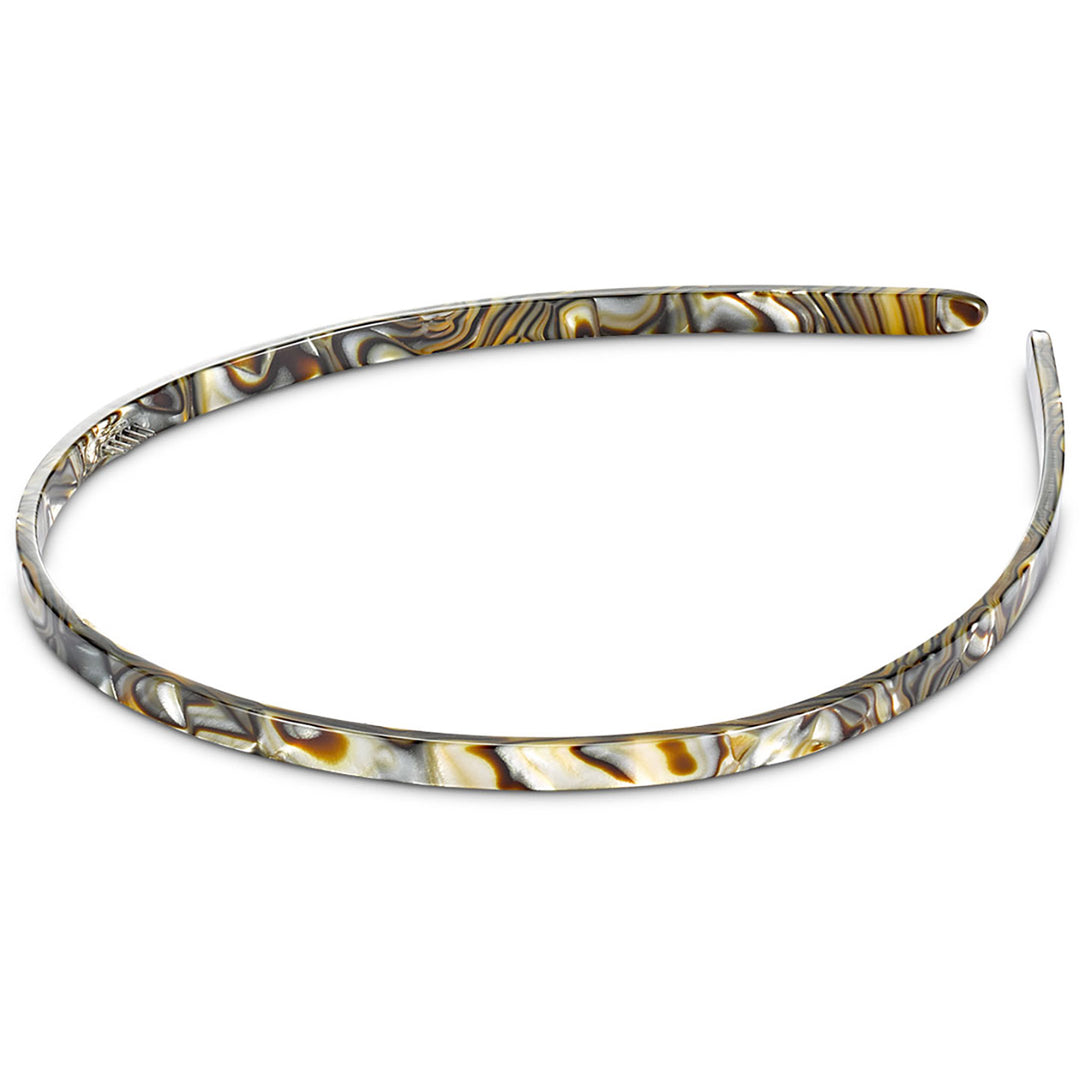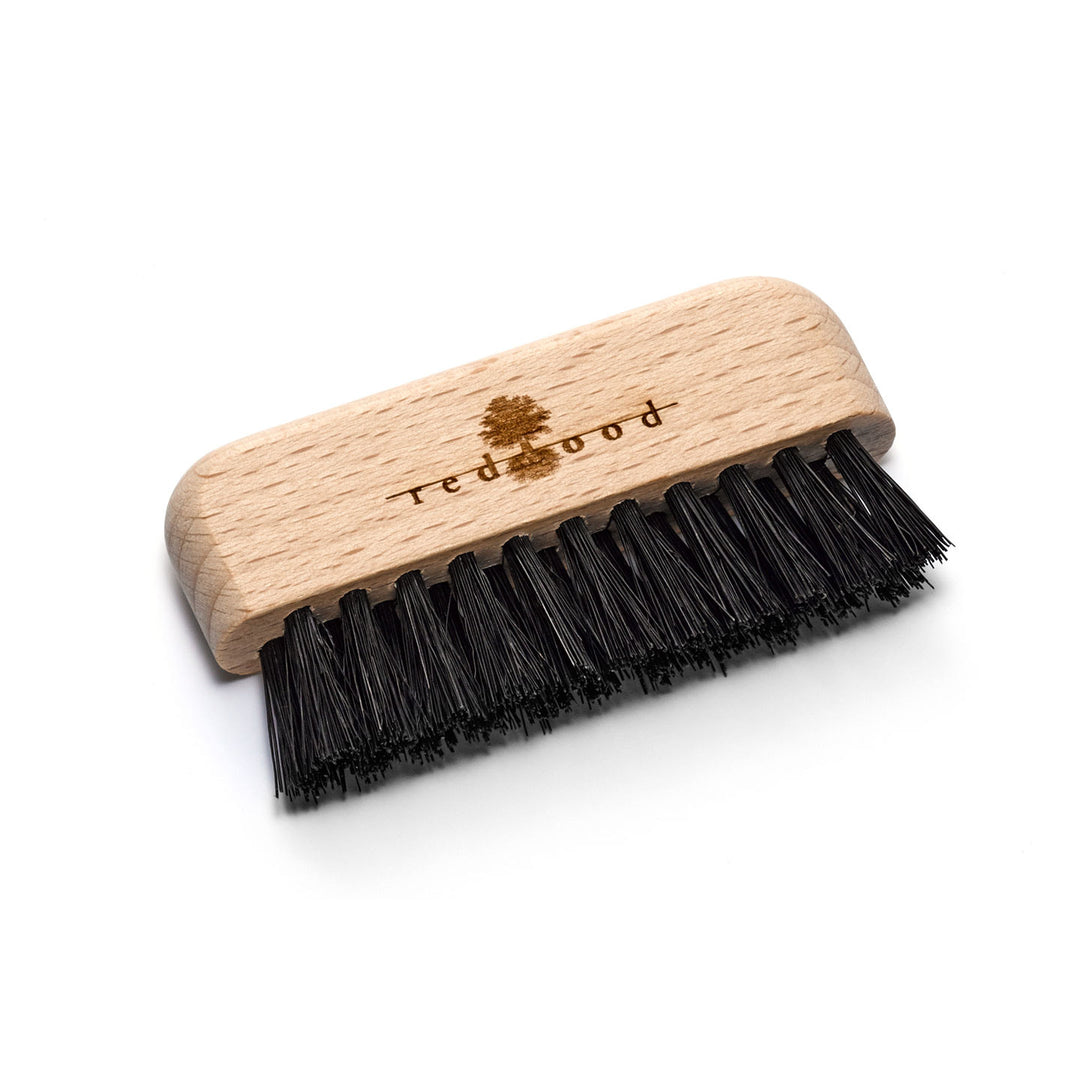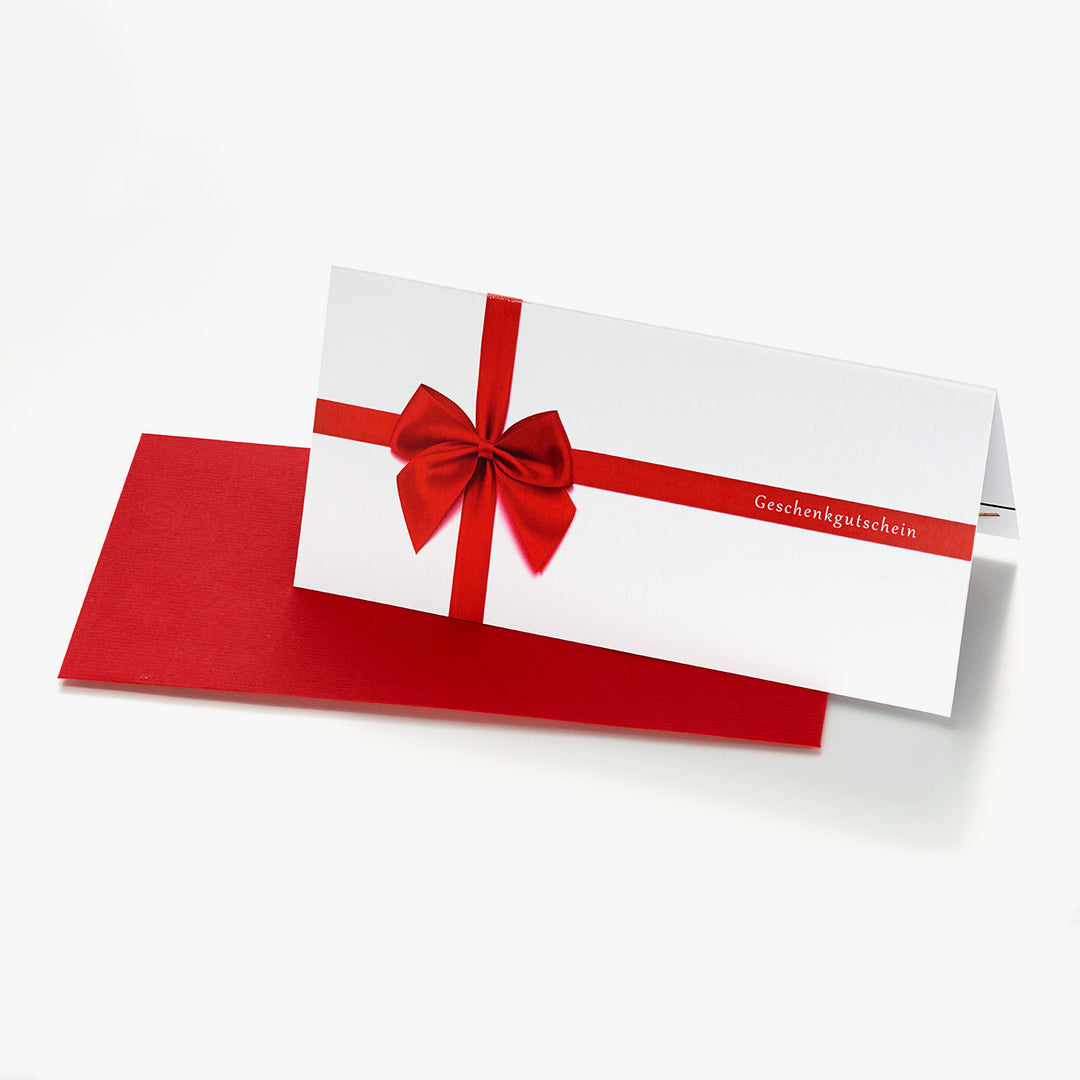MUTTERTAGSGESCHENKE
RABATTCODE: MUTTERTAG15
Der Muttertag steht vor der Tür, und bei REDWOOD finden Sie einzigartige Geschenkideen, die garantiert Freude bereiten. Nutzen Sie unseren exklusiven Rabattcode MUTTERTAG15, um 15 % auf Ihre gesamte Bestellung zu sparen. Dieses Angebot ist gültig bis zum 09.05.2024. Unser handgefertigter Haarschmuck, unsere nachhaltigen Bürsten & Kämme sowie unsere Gutscheine sind die perfekten Muttertagsgeschenke für die besondere Frau in Ihrem Leben.Entdecken Sie unsere drei beliebtesten Optionen und machen Sie den Muttertag zu einem unvergesslichen Erlebnis.
Haarschmuck: Stilvoll und nachhaltig
Unsere Auswahl an Haarklammern, Haarspangen, Haarnadeln und Haarclips ist nicht nur stilvoll, sondern auch nachhaltig. Jedes Stück wird mit Liebe in Europa handgefertigt und besteht aus hochwertigen Materialien wie Echtholz und Naturhorn.
Bürsten & Kämme: Die perfekte Pflege
Unsere Bürsten und Kämme aus nachhaltigen Materialien sind nicht nur umweltfreundlich, sondern auch hervorragend für die Haarpflege geeignet. Die Wildschweinborsten fördern den natürlichen Glanz des Haares, während unsere Kämme sanft und ohne Ziepen durch das Haar gleiten.
Gutscheine: Flexibilität zum Verschenken
Mit unseren REDWOOD-Gutscheinen können Sie nichts falsch machen. Sie sind ideal für alle, die noch unschlüssig sind oder der Beschenkten die Wahl lassen möchten. Ob Haarschmuck oder Haarpflegeprodukte – unsere Gutscheine sind eine wunderbare Geschenkidee für den Muttertag.




